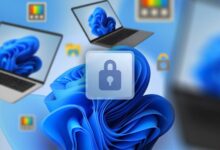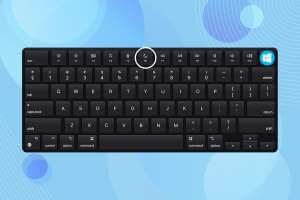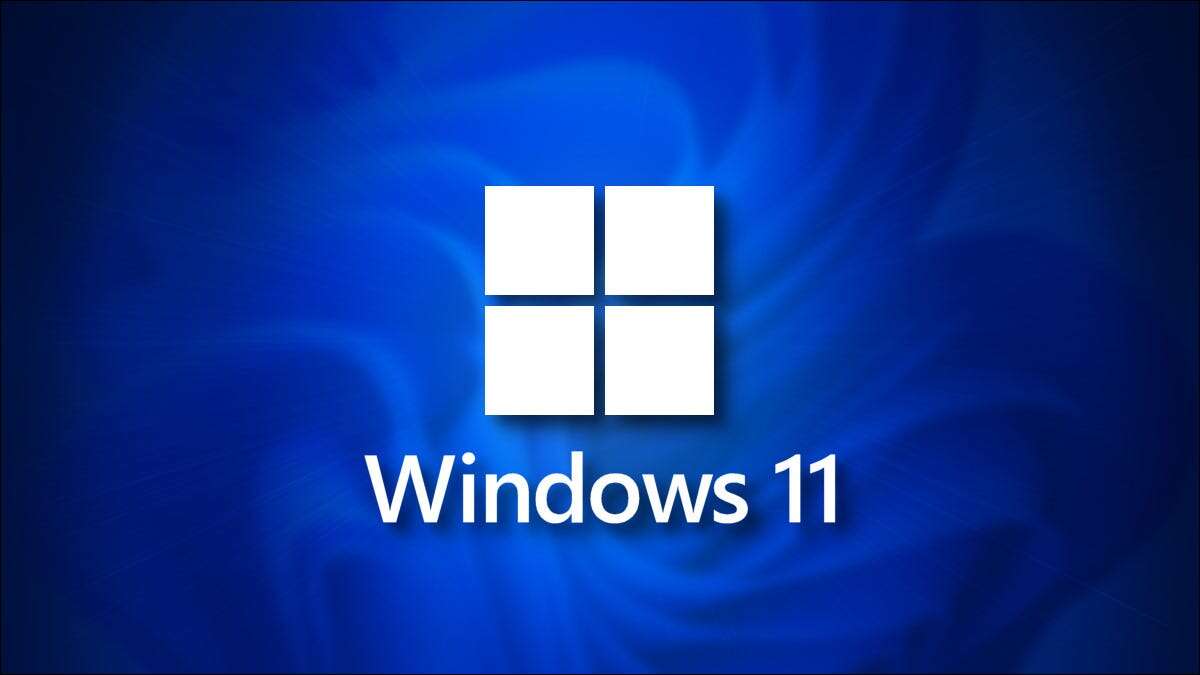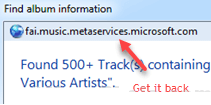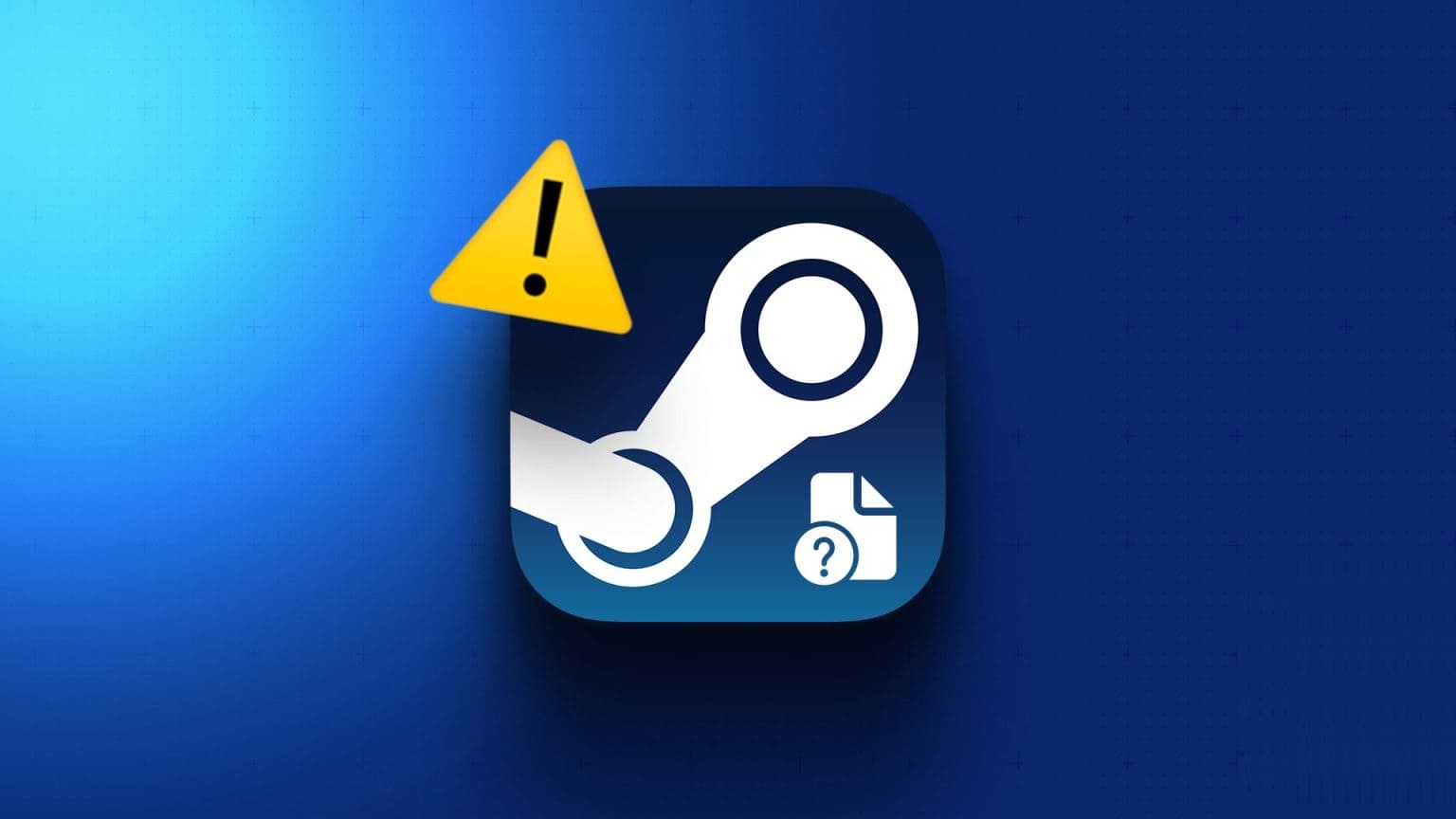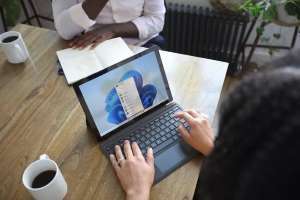Your laptop battery is an important piece of hardware that allows you to work from anywhere. However, when Windows 11 fails to detect your laptop battery, it can cause you to see the "No battery detected" error and force you to stay connected to a power source at all times. Here's how to fix no battery detected on Windows 11.
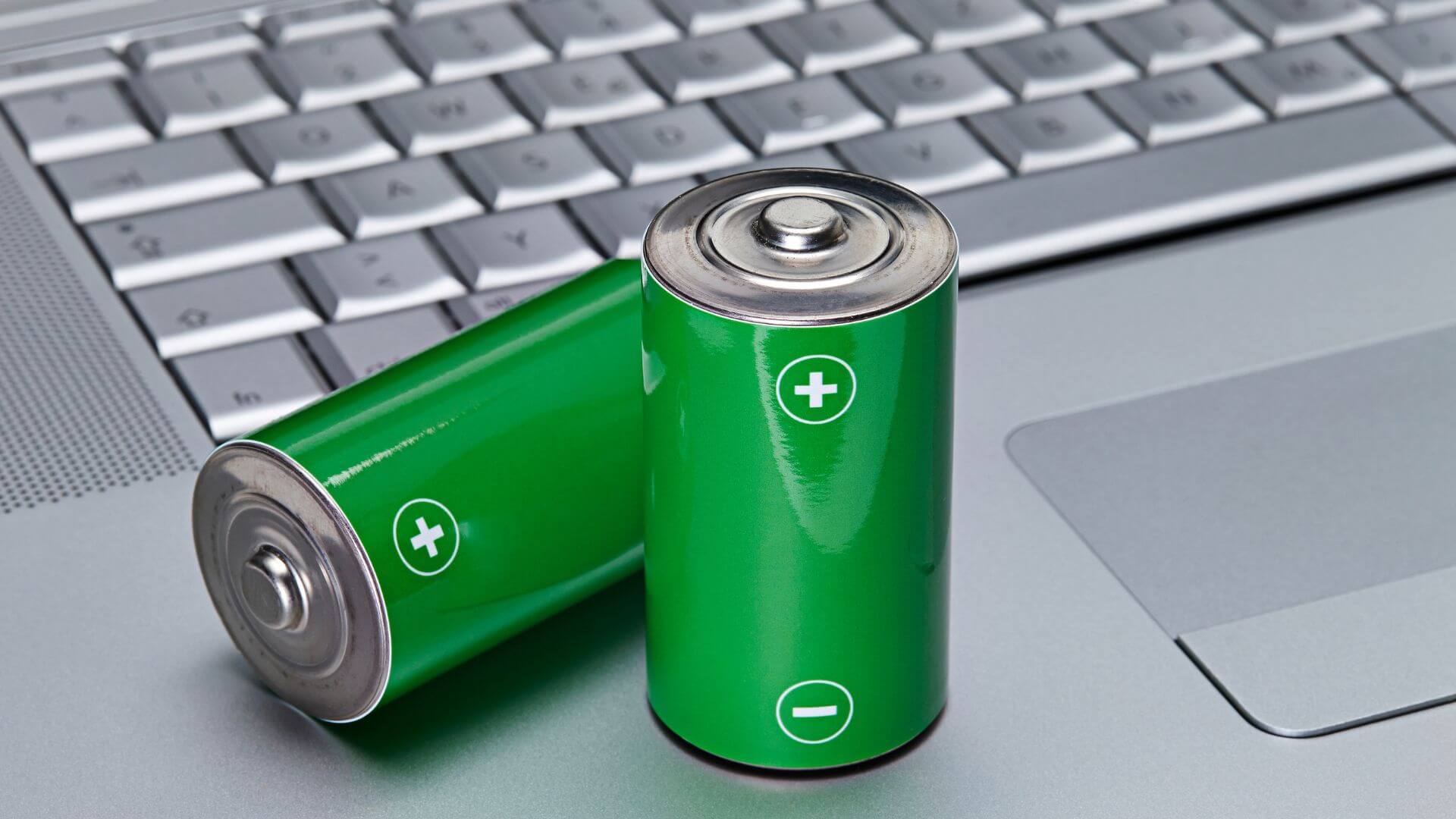
If you're experiencing a similar issue yourself, don't worry. In this post, we've compiled 6 effective troubleshooting tips to help you fix the "No battery detected" error on your Windows 11 laptop. So, let's check them out.
1. Reconnect the battery.
You can start by removing your laptop's battery and reinstalling it. While you're at it, clean the connection points and battery compartment with a dry cloth. The idea is to rule out any connection issues caused by an accidental drop or loose connection.
After replacing the battery, check to see if Windows can detect it.
2. Perform the power cycle
If reconnecting the battery doesn't work, you can try performing a power cycle. This will help drain the remaining power from the laptop's capacitor and reset all temporary configurations. As a result, Windows will have to perform a full system wipe, including the battery.
To power cycle your laptop, follow the steps below.
Step 1: Turn off your laptop and disconnect all external devices.
Step 2: Remove the laptop battery and press the physical power button for about 15 seconds.
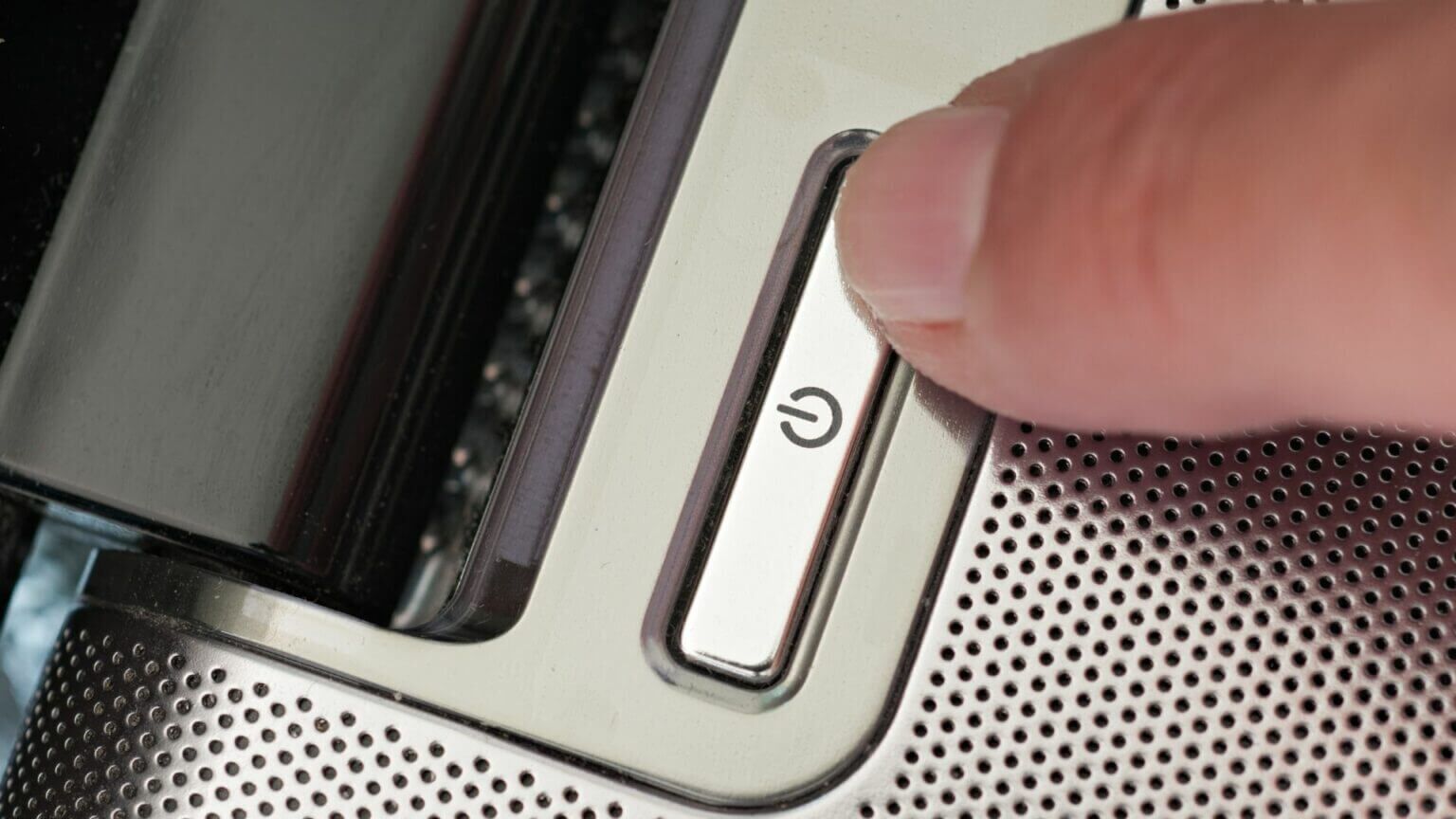
Step 3: Reinsert the battery and turn on your computer. Then, connect the power cord and see if Windows detects the battery.
3. Run the power troubleshooter.
Windows 11 provides a troubleshooter for almost every tool. You can use the Power Troubleshooter to let Windows detect any Battery issues And solve it automatically. Here's how.
Step 1: Open the Start menu, type troubleshooter settings, and press Enter.
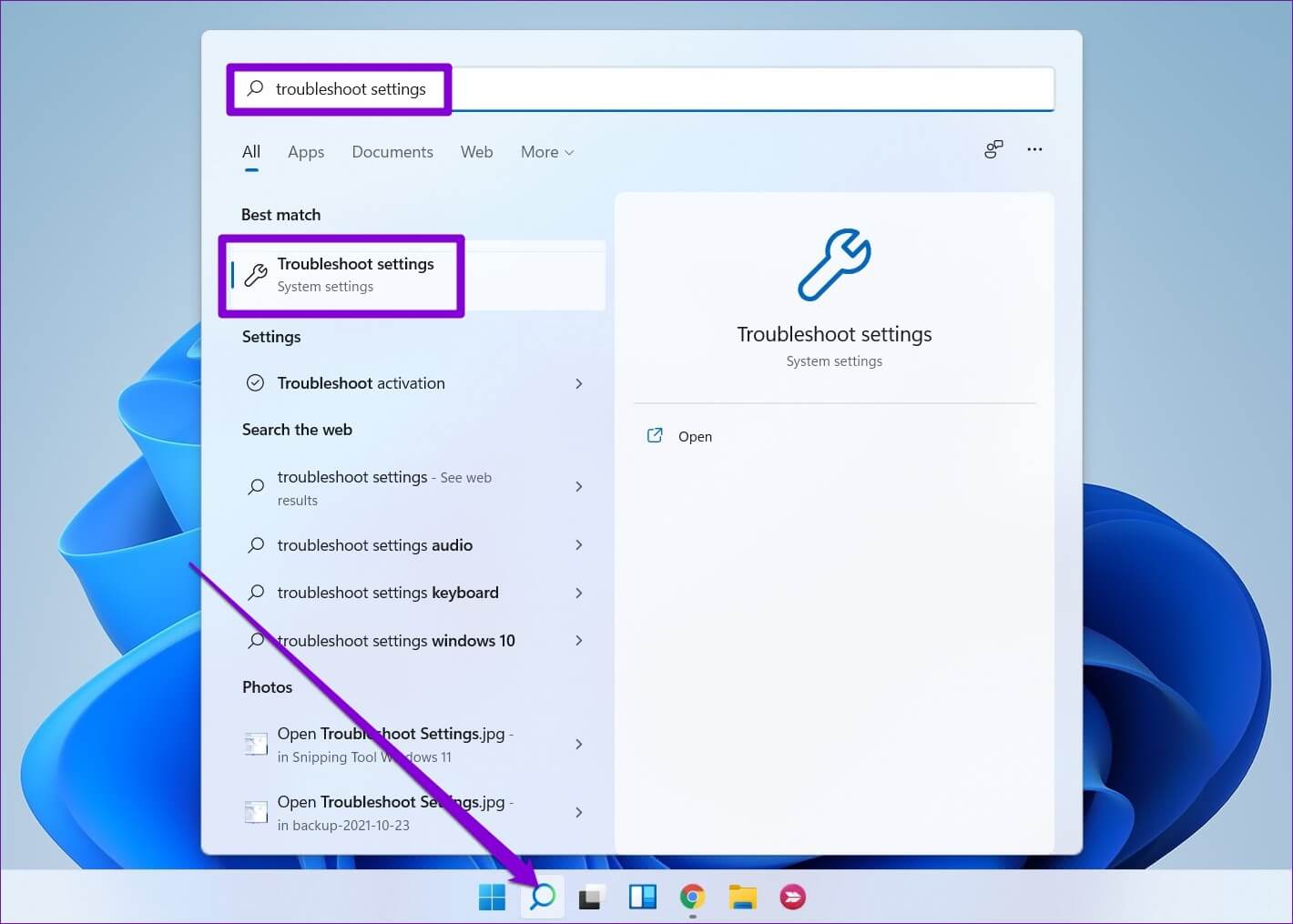
Step 2: Go to other troubleshooters.
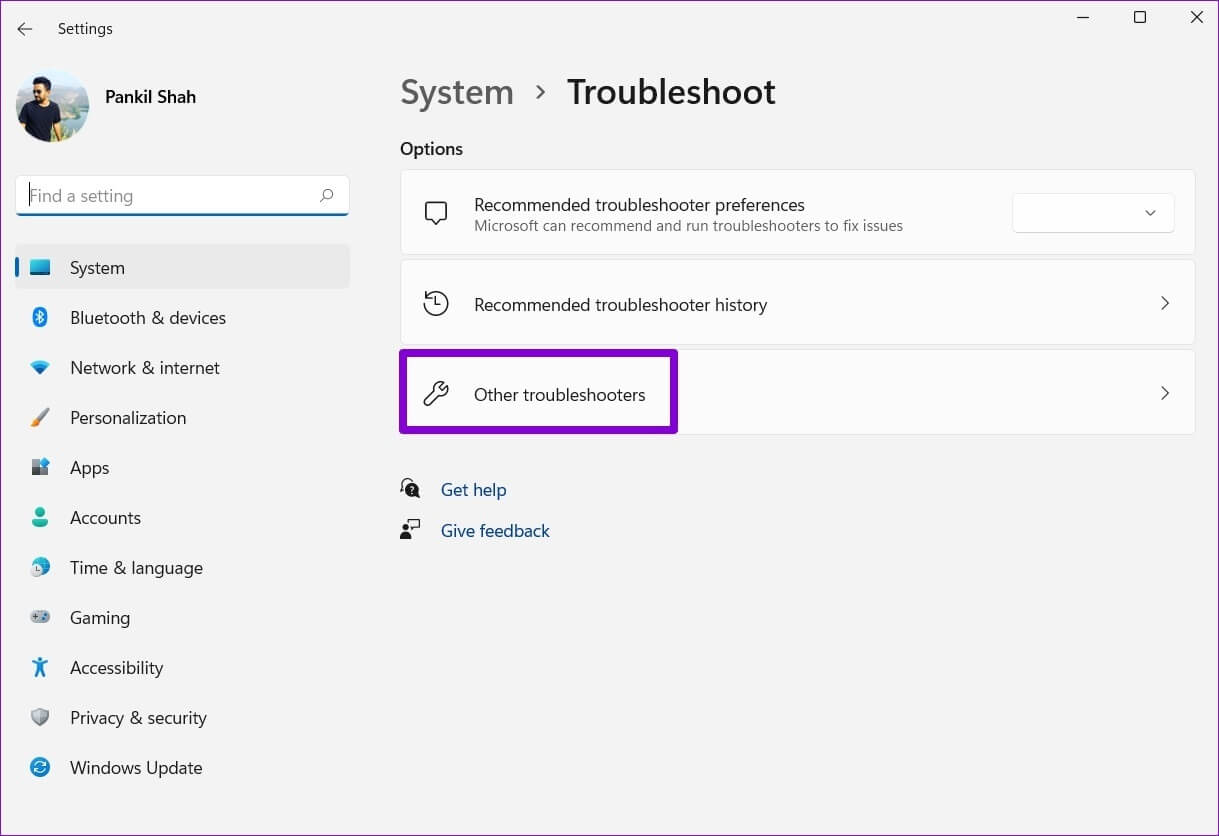
Step 3: Finally, click the “Turn on” button next to Power.

After running the troubleshooter, check to see if Windows can detect the battery.
4. Re-enable the battery adapter.
help Battery drivers on your computer Windows is able to communicate with the laptop battery. However, if these drivers aren't working properly, Windows may fail to detect the laptop battery. You can try disabling and re-enabling the battery adapter to fix this.
Step 1: Right-click the Start button and select Device Manager from the menu.
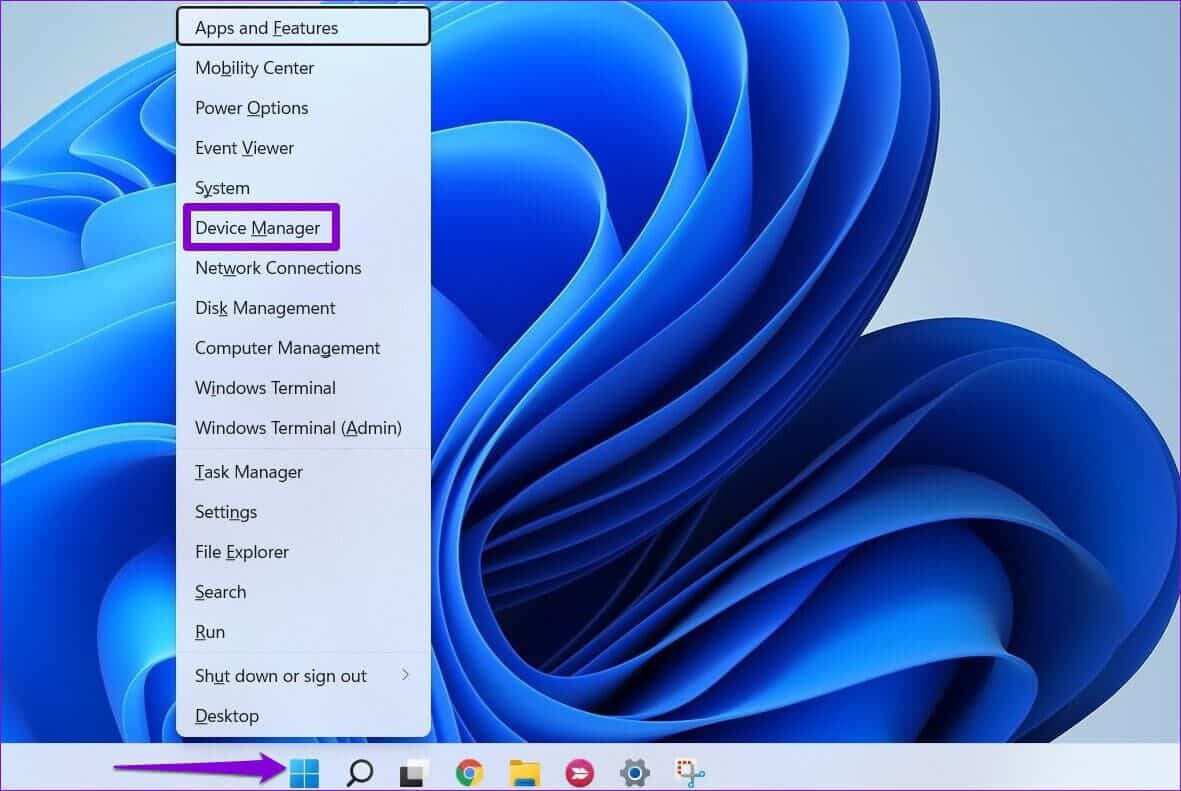
Step 2: In the Device Manager window, double-click Batteries to expand it.
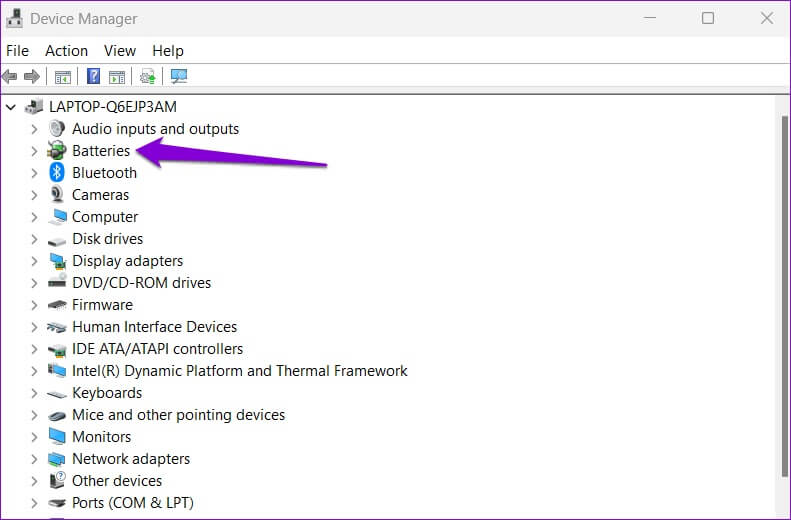
Step 3: Right-click on the battery adapter and select Disable device.
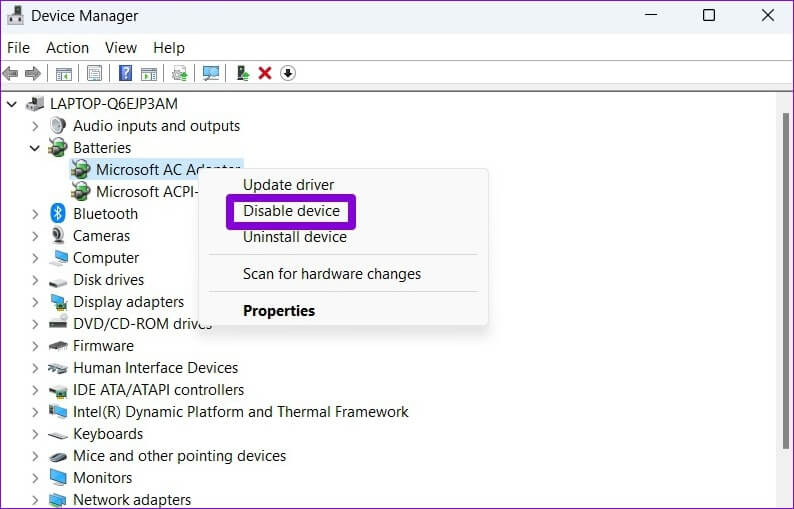
Step 4: Right-click on the battery adapter again and select Enable device.
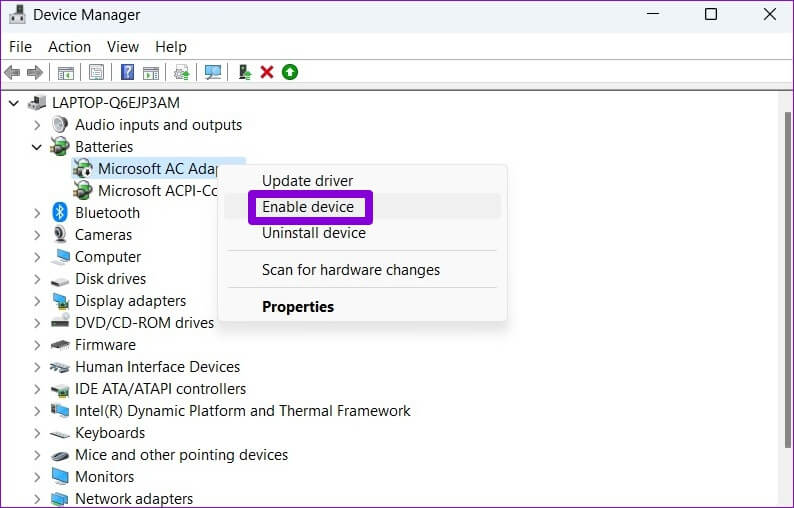
5. Update the battery driver
If re-enabling the battery driver doesn't help, you can try updating it to see if that gets rid of the "No battery detected" message on Windows. Here's how.
Step 1: Click the search icon in the taskbar, type device manager, and select the first result that appears.
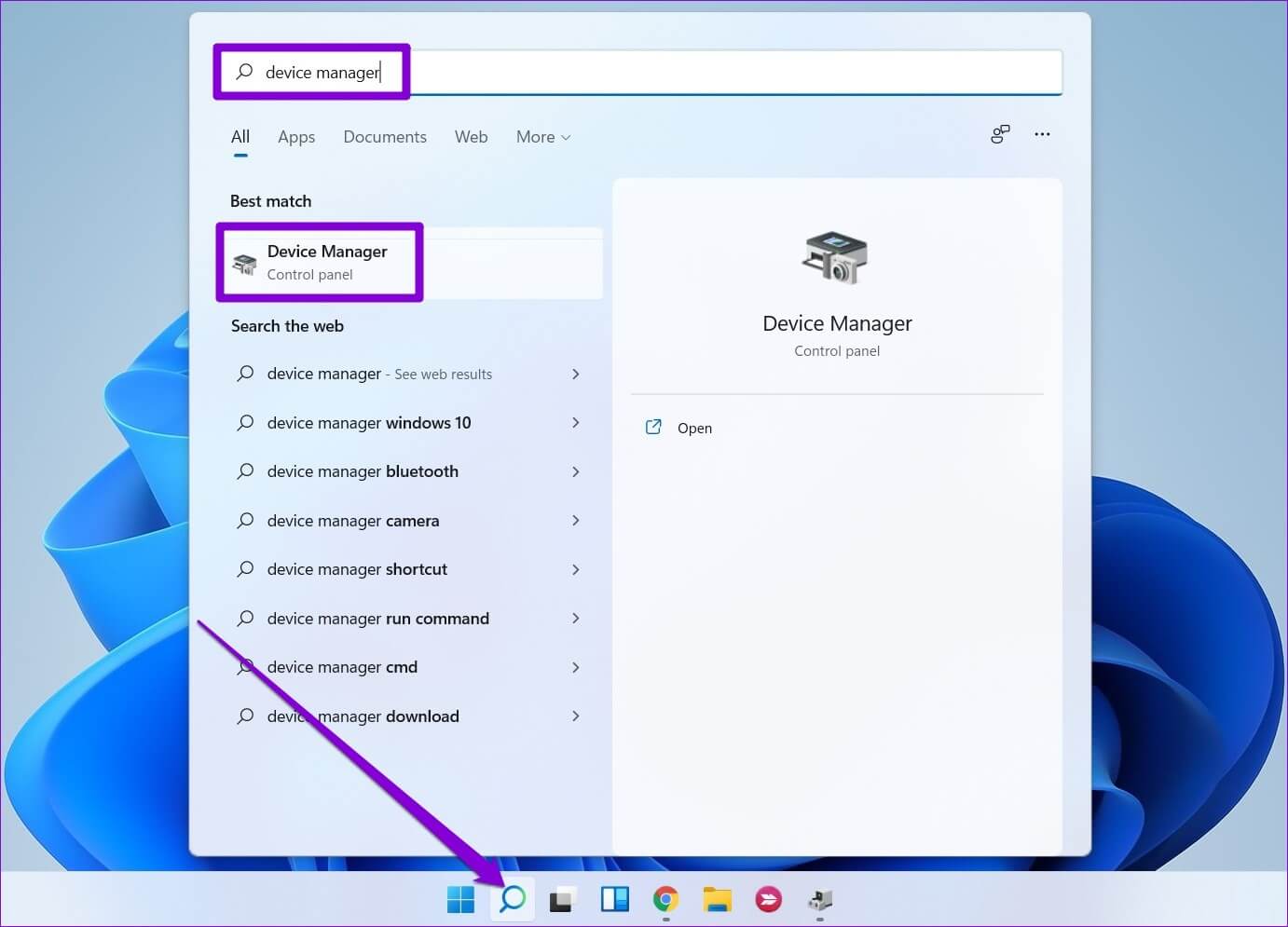
Step 2: Under Batteries, right-click on the battery adapter and select Update driver software.

From there, follow the on-screen instructions to complete the driver update. If the error persists, it may be caused by: Corrupted battery driverIn this case, you can try uninstalling the driver instead.

After removing the driver, restart your computer to allow Windows to reinstall the driver. Then, check to see if it can detect your laptop battery.
6. Reset BIOS
BIOS The BIOS (or Basic Input Output System) is the program responsible for booting your system properly. Sometimes, issues with your computer's BIOS can cause the "No battery detected" message to appear on Windows 11. To fix this, you can try resetting the BIOS to its default settings. Here's how.
Step 1: Press Windows key + S to open the search menu. Type recovery options in the box and press Enter.
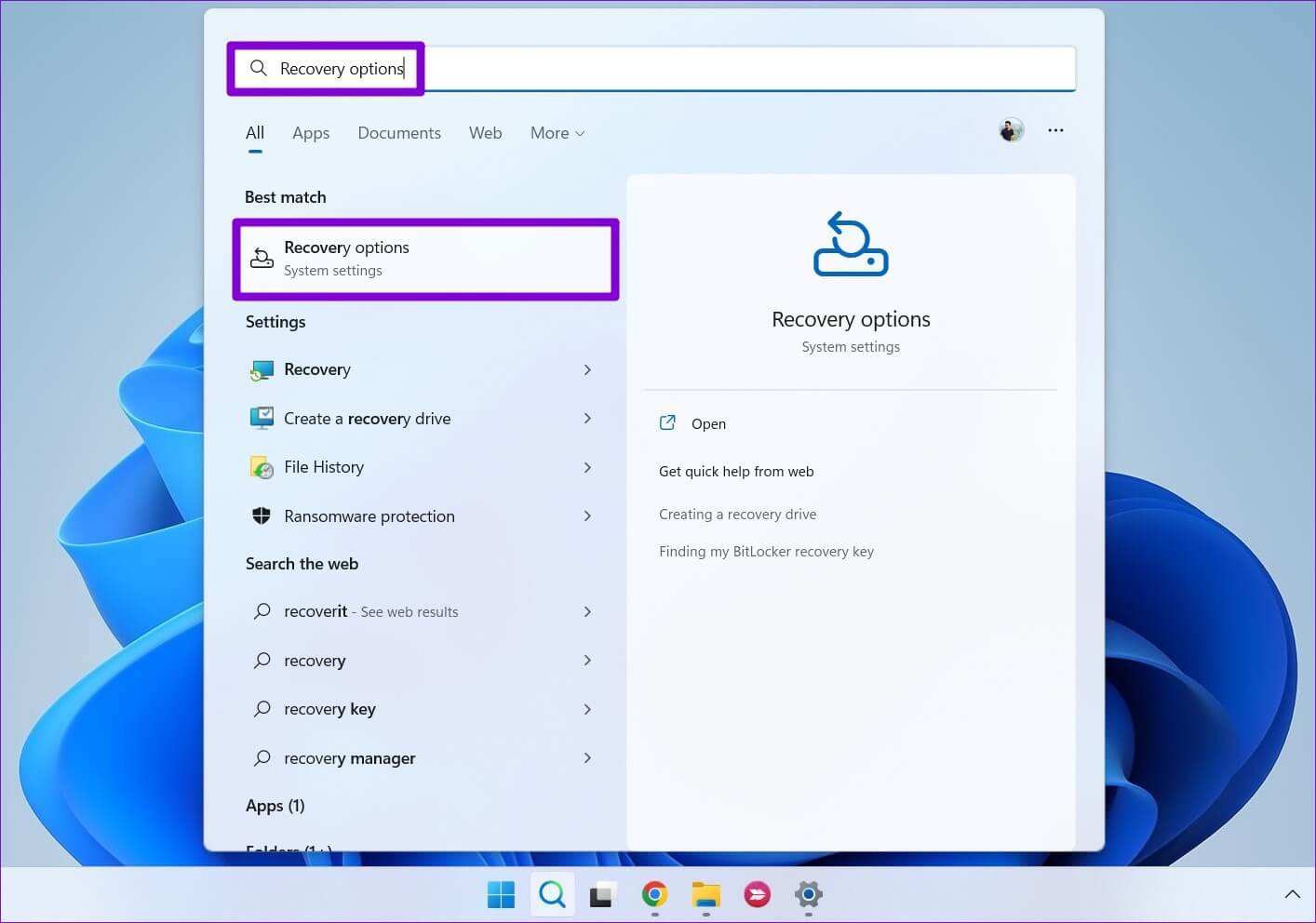
Step 2: Click the Restart now button next to Advanced startup.
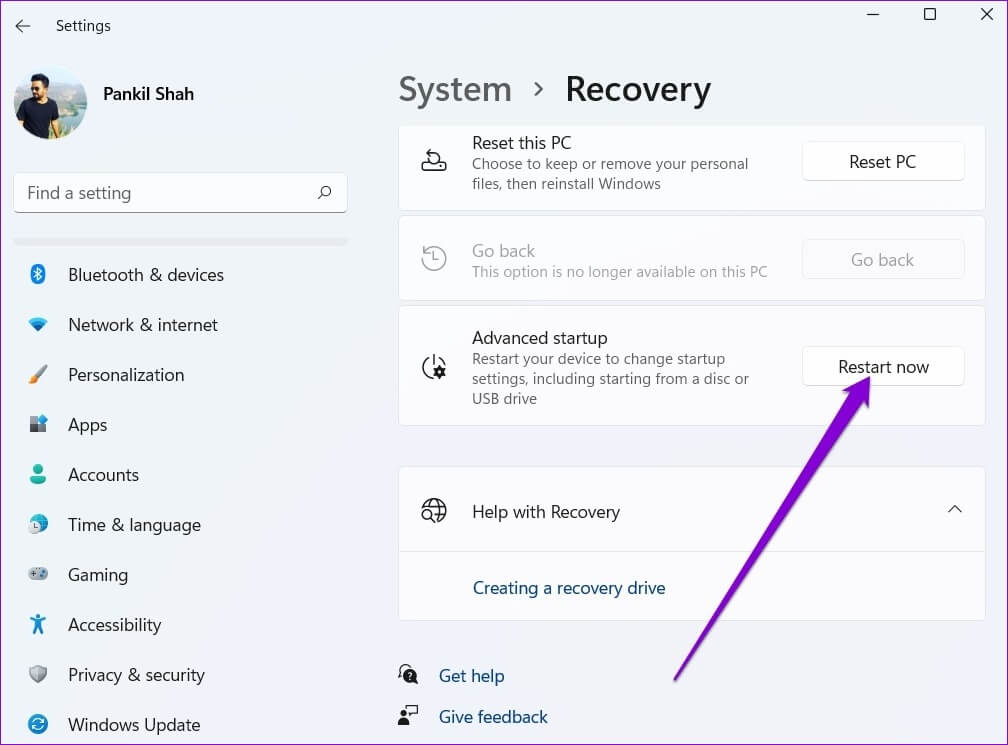
Step 3: Click Troubleshoot.
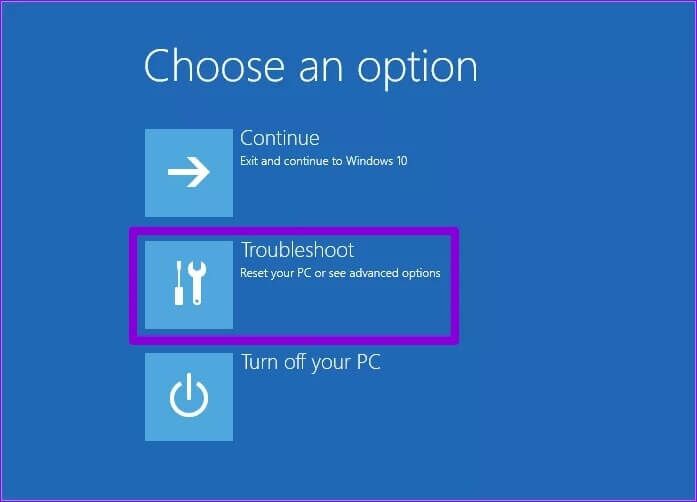
Step 4: Go to Advanced options.
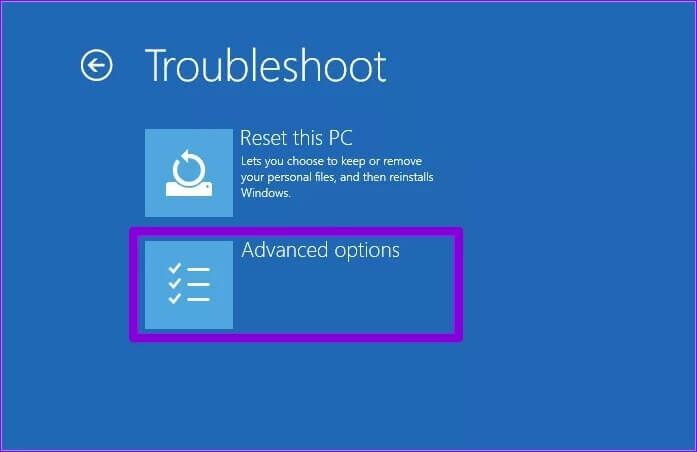
Step 5: Next, select the UEFI Firmware Settings option.
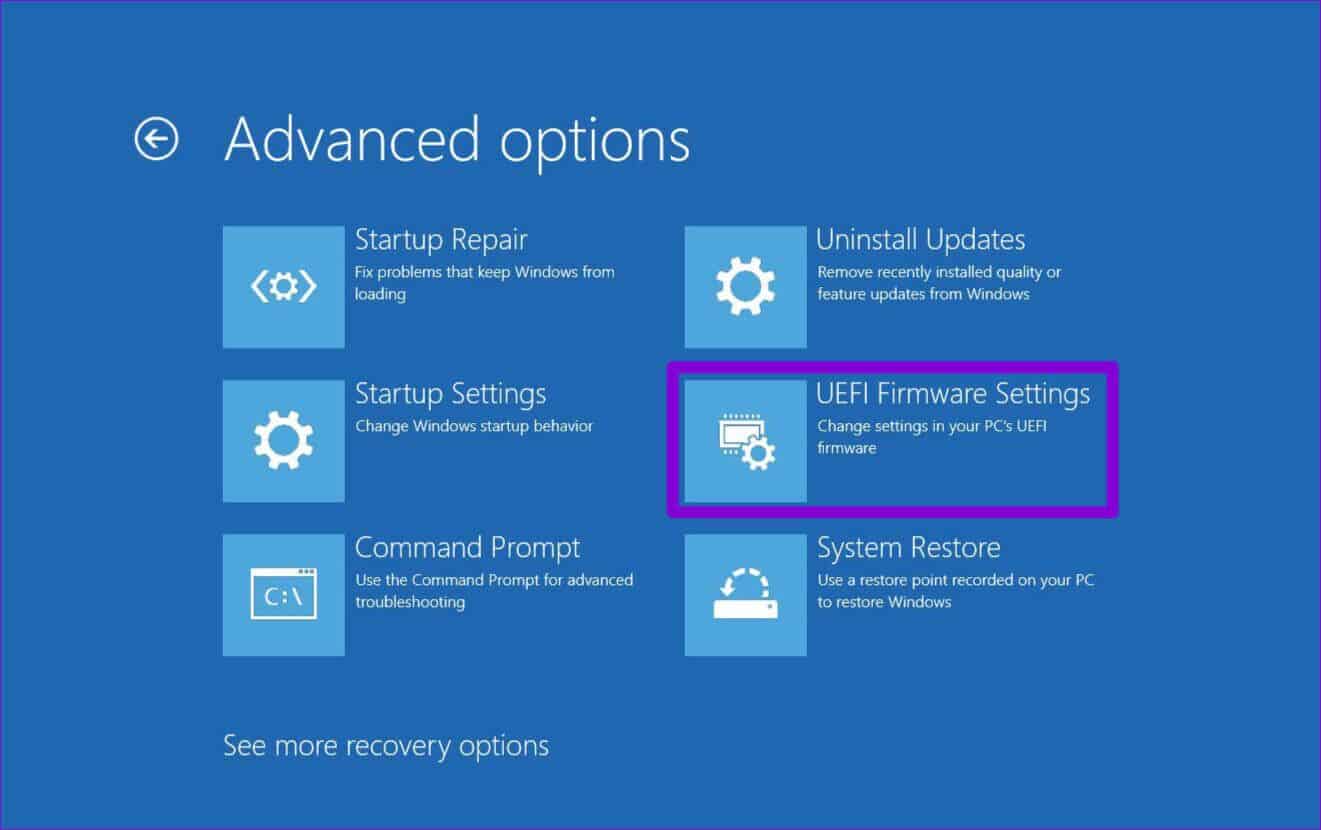
Step 6: Click Restart. Your computer will then boot into BIOS. Note that the UEFI settings screen will vary depending on the manufacturer and model of your computer.
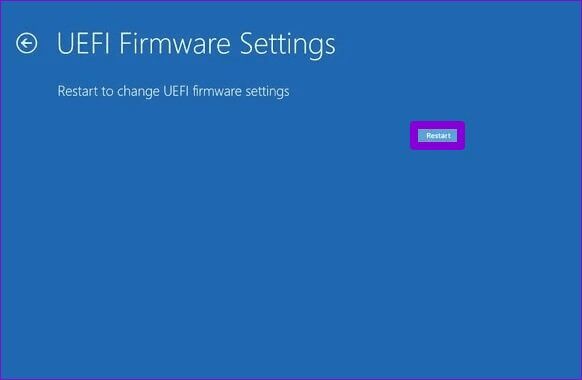
Step 7: Once you're in the BIOS, press F9 to access the Default Setup option. Then select "Yes."
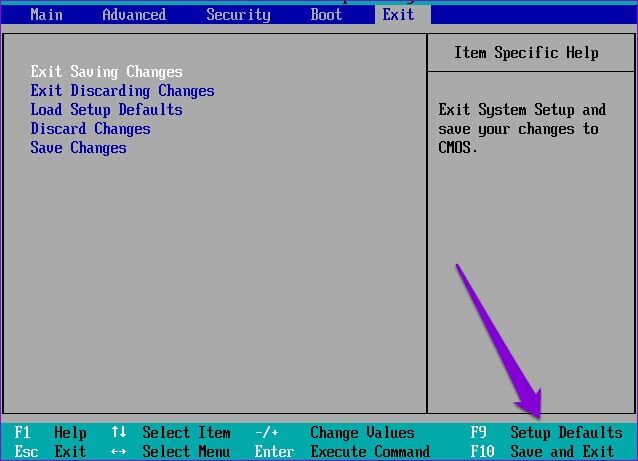
Step 8: Finally, press F10 to save the changes and exit BIOS.
Restart your computer after that and check if the error still appears.
It was successfully detected.
In most cases, software is responsible for these battery detection errors rather than hardware. Fortunately, Troubleshooting such issues It's not difficult if you use the right solutions. Share with us in the comments which method worked for you to fix the battery not detected on Windows 11.

